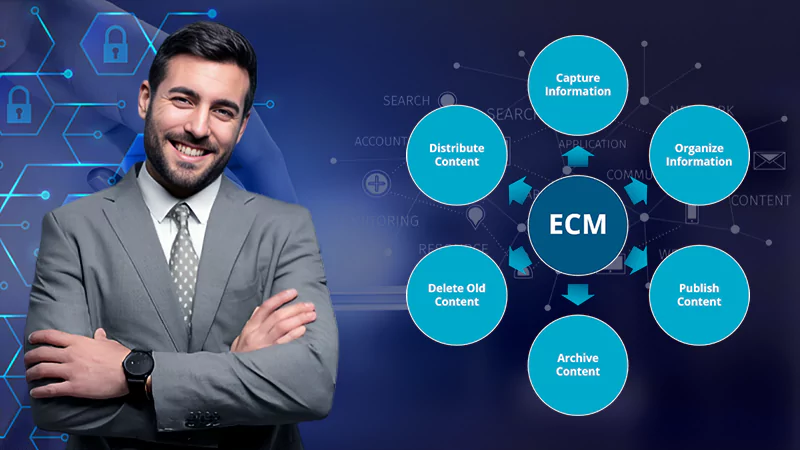Crucial Steps for Implementing the Least Privilege Principle
POLP or the Principle of Least Privilege is one of the most vital concepts in system and network security. Irrespective of how technically proficient or reliable a user is, they must access only that part of network resources that they need to accomplish the job.
The least privilege principle is a concept that gives service, user, and application the permissions required to get their work done and nothing more.
The key of POLP is to provide employees only what they require, that too, at the time they need to do it. It will ensure the least vulnerability and maximum safety.
But this is a concept that is massively misunderstood in most companies. This is primarily because the IT pros fail to communicate the significance of the principle.
IT security cannot reinforce Least Privilege Principle until there is complete buy-in from the non-IT colleagues. To enhance your chances of successfully implementing the least privileged accessibility, you should incorporate the critical steps.
- Include all the Stakeholders at the Time of Defining Privilege Access Levels. It would help if you involved all the stakeholders to ensure acceptance across the company and understand the levels for the systems in question. If it is an enterprise, the reps of finance, HR and marketing must be involved as they will determine who will require access and to what extent within the specific determinants.
- Take an Approach Based on the Role – You should allocate access to roles instead of the specific individuals to maintain the least privileged access from the perspective of operations. People are much less likely to accrue added access as functions are simpler to revoke over time. This is especially helpful when the staff frequently moves within the organization.
- Define the Process of Review – You should arrange for a year to check that the access permissions or roles are still meeting the business and least privilege requirements.
Crucial Steps for Implementing This Principle in Your System
To execute the least privilege principle, organizations must consider one or more of the following steps.
- Audit the full ambiance for locating the privileged accounts like SSH, password hashes, and access keys – on-premise, on endpoints, in DevOps, and the cloud.
- Do away with the unessential privileges of the local administrator and make sure that all the human and non-human users have the privileges only necessary to perform the work.
- Segregate the administrator accounts from the regular accounts and separate privileged sessions of users.
- To secure and manage the accounts, store the credentials of the privileged administrator account to digital vaults.
- After every use, rotate the admin passwords to invalidate any credential that may have been captured by software keylogging and thus mitigate the risk of password hashes.
- Continuously monitor the activities of accounts and admins for enabling the rapid detection and alerting of any inconsistent activity that can signal an in-progress attack.
- Ensure on-time access elevation permitting users to run privileged commands or access privileged accounts on a temp or as-and-when-needed basis.
- Review the entitlements in Azure, AWS, and GCP environments and cloud IAM permissions consistently and strategically and remove the excess permissions to workloads on the cloud.
POLP or the least privilege principle is the component that lays the foundation of the zero-trust framework. This is built on the belief that organizations must not place their trust in anything inside or outside their periphery. Naturally, this demands institutions to verify each and everything that tries to connect to the systems before granting access.
More and more companies are shifting from the traditional perimeter security approaches to the Zero trust framework to protect their most classified info.
Follow Us
Latest Post















